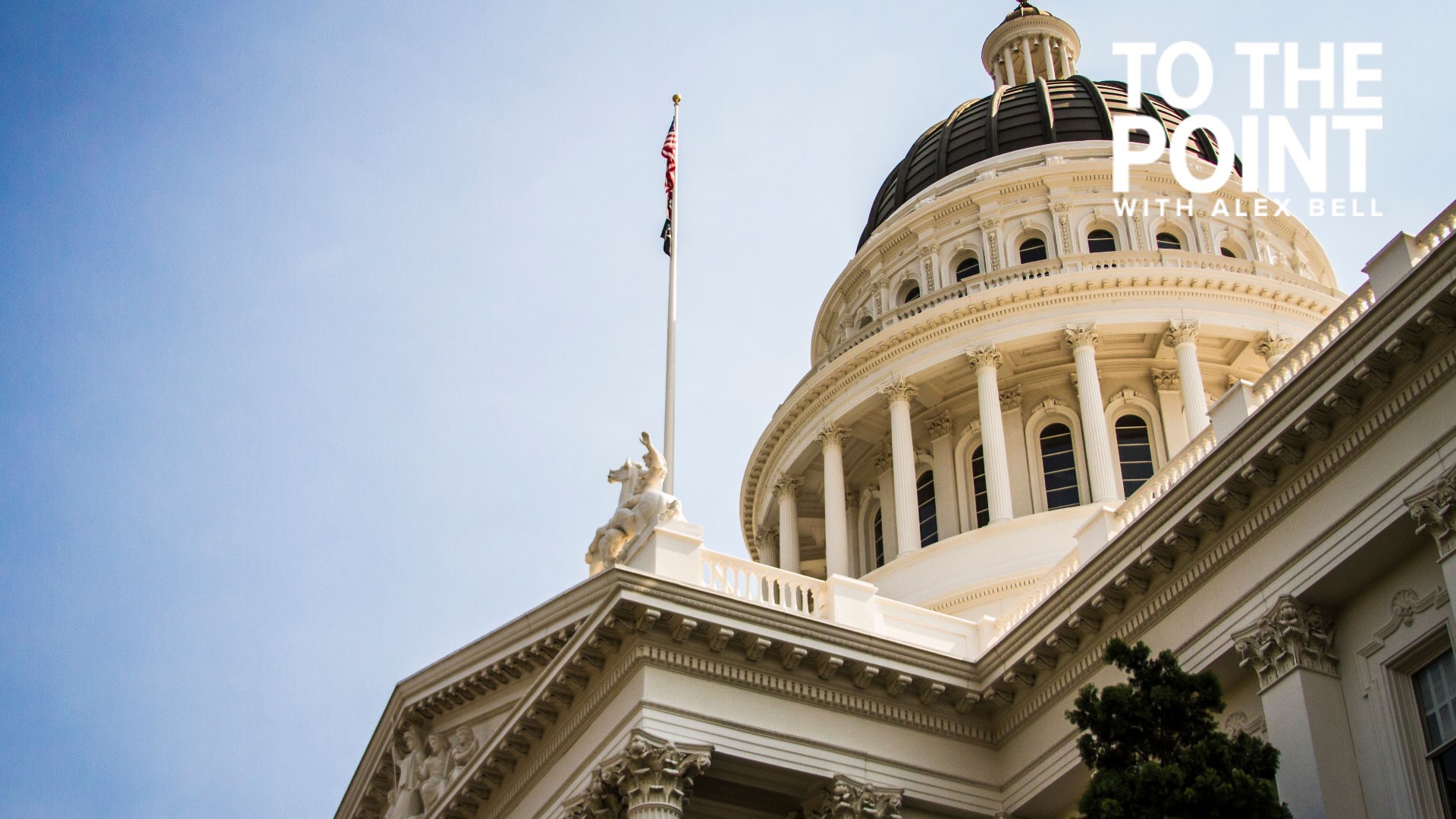SACRAMENTO, Calif. — California state lawmakers are considering a package of five bills focused on reducing utility bills for customers — and clean energy.
“Too many California families are at a breaking point,” said Democratic Assemblymember Cottie Petrie-Norris (D-Irvine), who is the author of two bills focused on energy affordability.
One of them, AB 3121 — introduced Wednesday night — she withdrew Friday, after the bill received pushback from a number of groups.
It would have given PG&E, Southern California Edison and San Diego Gas & Electric customers a one-time credit on their bill next year, reportedly somewhere between $30-$70, according to CalMatters.
But that money would have been pulled from two pools of cash — one that provides heating, air conditioning and plumbing upgrades to schools (CalSHAPE) and another that offers incentives for installing solar panels and rebates for energy storage (the Self-Generation Incentive Program).
Some worried the program cuts would hurt low-income Californians and children, just for a relatively small, one-time credit for ratepayers.
Selah Goodson Bell, energy justice campaigner at the Center for Biological Diversity, said AB 3121 didn’t go far enough.
“While we’re happy that the legislature and the governor are working together to actually do something about California’s real energy affordability crisis, we’re concerned that this proposal doesn’t actually get at the root of the problem,” Goodson Bell said.
Asm. Petrie-Norris told ABC10 she’ll keep looking for solutions, just not this session.
“We’re going to continue to take a look at that — either as part of special session on energy affordability or in the new year,” she said.
Her other bill — AB 3264 — passed unanimously out of the Senate Committee on Energy, Utilities and Communications Friday afternoon.
It would, among other things, require state energy regulators to submit a study to lawmakers on options to reduce costs for ratepayers, as the state expands its electrical transmission infrastructure.
“My goal with this bill is that we come out with actionable insights that — in the next legislative session — we are able to provide real savings to California customers,” Petrie-Norris said.
Senators, including Susan Rubio (D-Baldwin Park), supported Petrie-Norris' bill but also spoke about the need for lawmakers to do more.
“One of my biggest sadnesses is that I know that we’re talking about something that’s not going to bring immediate relief to ratepayers. And I know that when we pass policies like these our consumers hear about it and they expect to see it this year, and it’s going to take several years,” Rubio said. “To our constituents, I know that we want relief — immediate relief. And, we’re hoping that we get there faster, but this is a step in the right direction.”
It’s affecting more than just residential customers.
“We hear from our constituents, we hear from businesses, and one major reason why businesses are leaving California is not because of all those other factors but they say: uncertainty on their energy costs,” said Sen. Steven Bradford (D-Gardena).
AB 3264 will go before the Senate early Saturday evening.
ABC10 asked PG&E what they’re doing to make bills more affordable.
A spokesperson sent the following statement:
"We know our customers are frustrated with the higher costs of living, including energy bills. To address these concerns, we are committed to stabilizing customer bills. We are taking actions to limit annual increases to no more than 3% through 2026, without sacrificing safety. We’ve adopted company-wide savings initiatives to reduce our operating costs and limit unnecessary expenses. We’re also here to help our customers save energy and money, and offer bill assistance programs to income-eligible customers.
"We’re reinvesting the vast majority of our profits back into the business to continue making improvements for our customers."
Asm. Petrie-Norris, who chairs the Assembly Committee on Utility and Energy, said she’d like to see lawmakers explore public financing of electrical infrastructure.
“Right now, that is being financed in perhaps the most expensive possible way: it’s financed off of IOUs’ (Investor Owned Utilities: PG&E, SCE & SDG&E) balance sheets and credit ratings, and they have very, very high rates of borrowing," Petrie-Norris said. "All of those costs are then passed on to ratepayers, with an additional rate of return."
She then referenced information an economist shared at a committee hearing earlier this session.
“One economist shared with us: if we did nothing else but substitute the borrowing costs of the state of California for the borrowing costs of one of our IOUs, we would be saving 33% of project costs," Petrie-Norris said. "So that’s why that’s such an important priority and, I think, such a clear opportunity for savings. And so, I’m excited for us to really understand what it would take for us to truly implement a public financing option in a way that saves taxpayers and ratepayers money.”
WATCH ALSO:



















